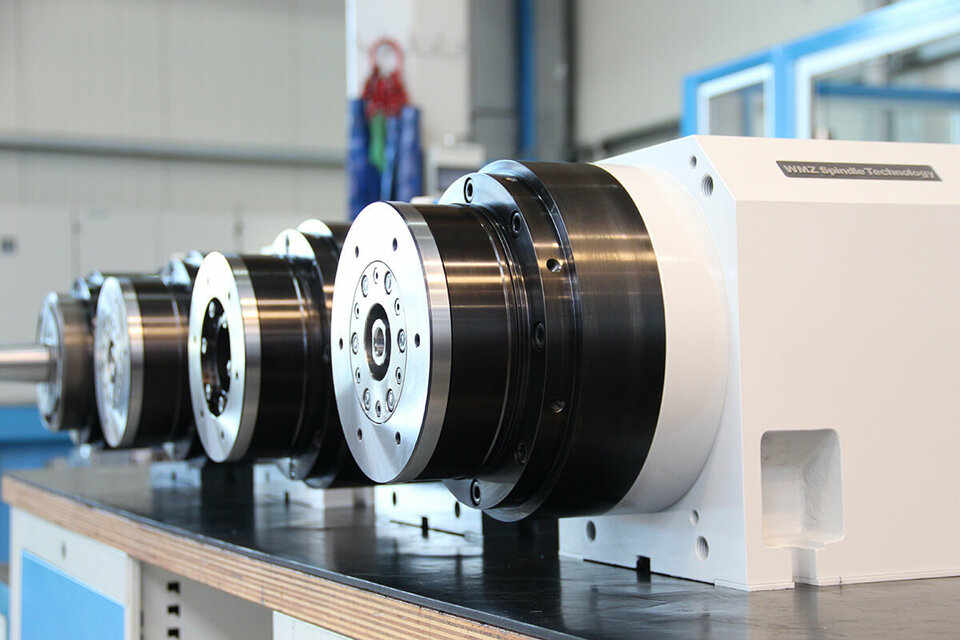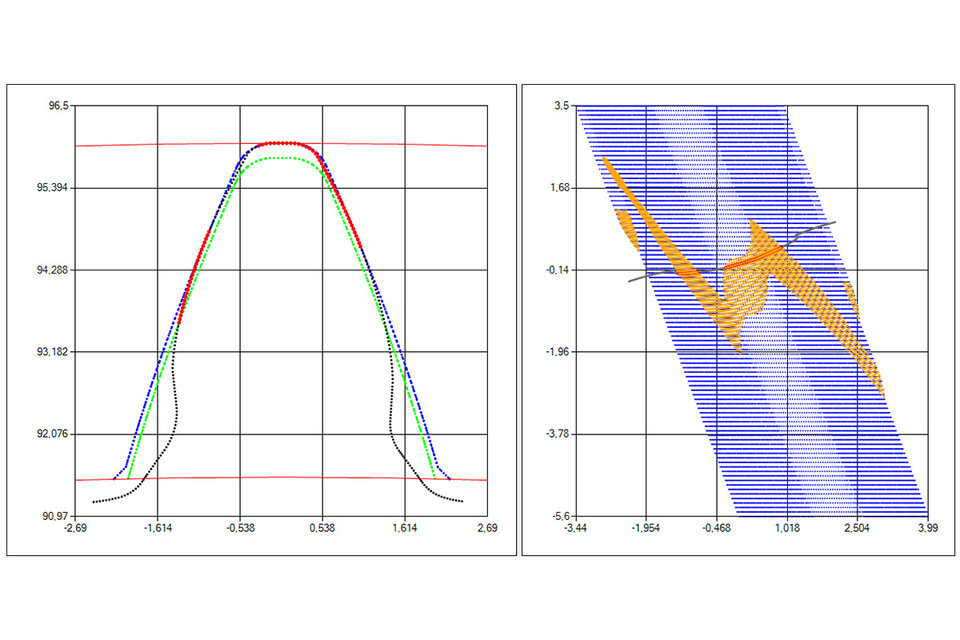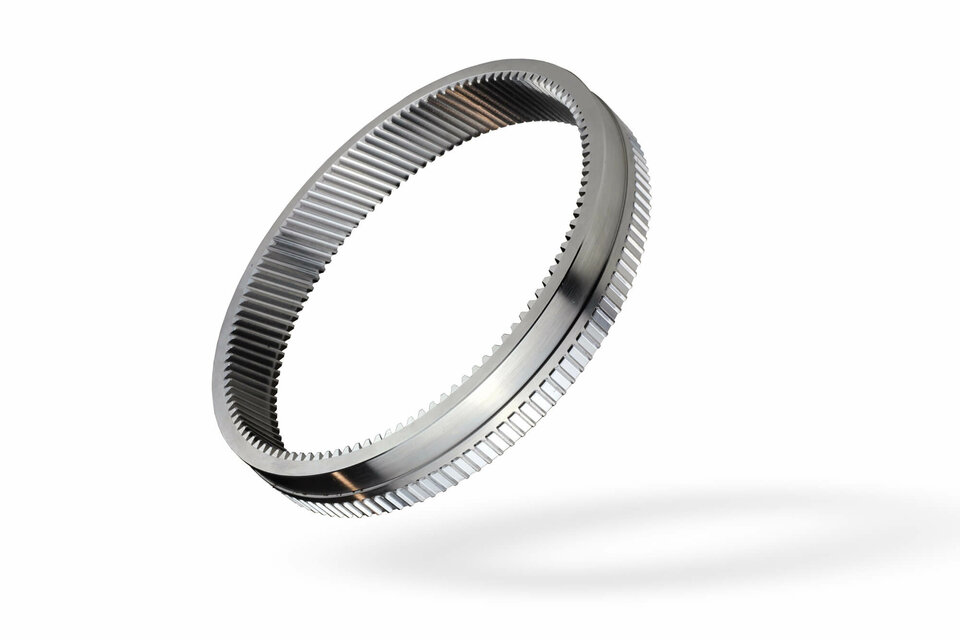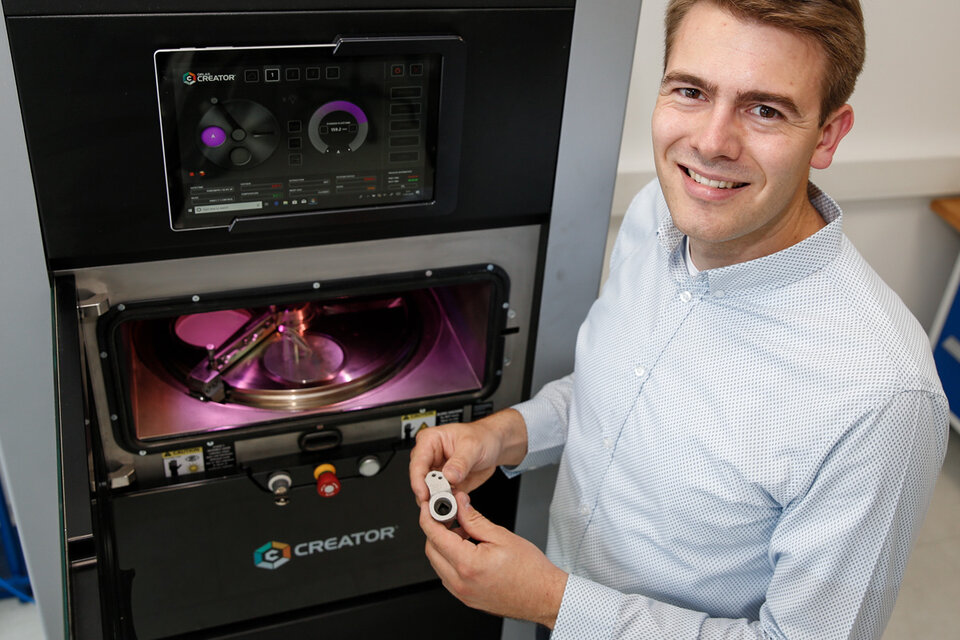What is the most intelligent way to find out why a spindle has a defect? You ask the spindle itself.
The sudden failure of a spindle usually means a production stop and thus a delay in delivery. It is therefore important to identify and eliminate the cause of the failure as quickly as possible. The spindle itself could provide valuable information about the actual operating conditions - if it could communicate with us. This is exactly what the WMZ team is working on - with the "Smart-Spindle".
For this purpose we equip the spindle with a memory chip. At the end of the assembly process, this chip receives important data for identification (drawing number, spindle TAG number, date of manufacture, limit values to be observed, ...). The machine manufacturer connects the spindle to the machine and registers it by reading the identification data. A specially developed software tool describes the spindle in defined cycles with status data from the machine, such as speed, temperature and vibration behavior. In addition, the SSC has on-board sensors in an acceleration and temperature sensor. These data are also recorded.
In case of damage it is now possible to read this information into our database at WMZ. In this way, in addition to what we find physically and what we learn from the machine operator, we receive important information for determining the cause: the actual life data of the spindle. This makes it much easier to determine and eliminate the error or to adapt the spindle to the new production conditions.
The result: repair times are reduced and future damage can even be avoided under certain circumstances by adjusting the settings. But it also improves our spindle range as a whole. Because the larger the database, the better we know how the tool life is depending on the machine and the operating conditions. This interaction between machine tool and spindle is an optimal addition to existing calculation tools.
Our customers can of course also use the spindle data. Via DVS Connect they will soon have the possibility to access the database. This will give them an overview of the spindles they use in production. They will then know which spindle has been installed and removed, how long the service life of comparable spindles is under current operating conditions, and can react before a fault occurs.
The "SmartSpindle" will gradually find its way into DVS machines and will represent an important component of predictive maintenance in the future.






